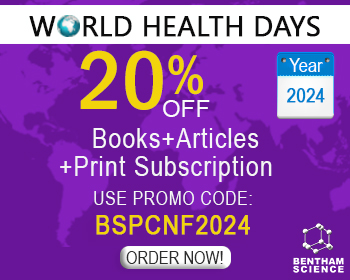Abstract
Beginning in the early 90es, evidence has been accumulating that a high level of plasminogen activator inhibitor- 1 (PAI-1) protein in extracts of human primary malignant tumours is one of the most informative biochemical markers of a poor prognosis in several human cancer types. This observation has given the impetus to numerous studies of the role of PAI-1 in tumour growth, invasion, and metastasis. Recent mapping of cell types expressing PAI-1 in human tumours and studies with tumours growing on mice with targeted disruption of the PAI-1 gene have given results consistent with the idea that PAI-1 expressed by stromal fibroblasts and endothelial cells promotes tumour growth and spread. PAI-1 expressed by these cells therefore seems to be a potential therapeutic target in cancer. Confusingly, however, PAI-1 is also expressed by other cell types in tumours, and in some cancer types, the predominant PAI-1-expressing cells are the malignant epithelial cells themselves. Adding to the complexity is the fact that PAI-1 is not only a plasminogen activator inhibitor, but also engages in other molecular interactions, i.e., binds the extracellular matrix protein vitronectin and endocytosis receptors of the low density lipoprotein receptor family. Further progress towards the utilisation of PAI-1 as a therapeutic target in cancer will depend on understanding the role of PAI-1 expressed by different cell types in tumours and on development of compounds inhibiting separately each molecular interaction of PAI-1. The eventual use of PAI-1 as a therapeutic target will depend on mapping PAI-1 levels and PAI-1 expressing cell types in tumours of individual patients.
Keywords: fibrinogen, plasminogen activation, Cell adhesion, vitronectin, tumour

























